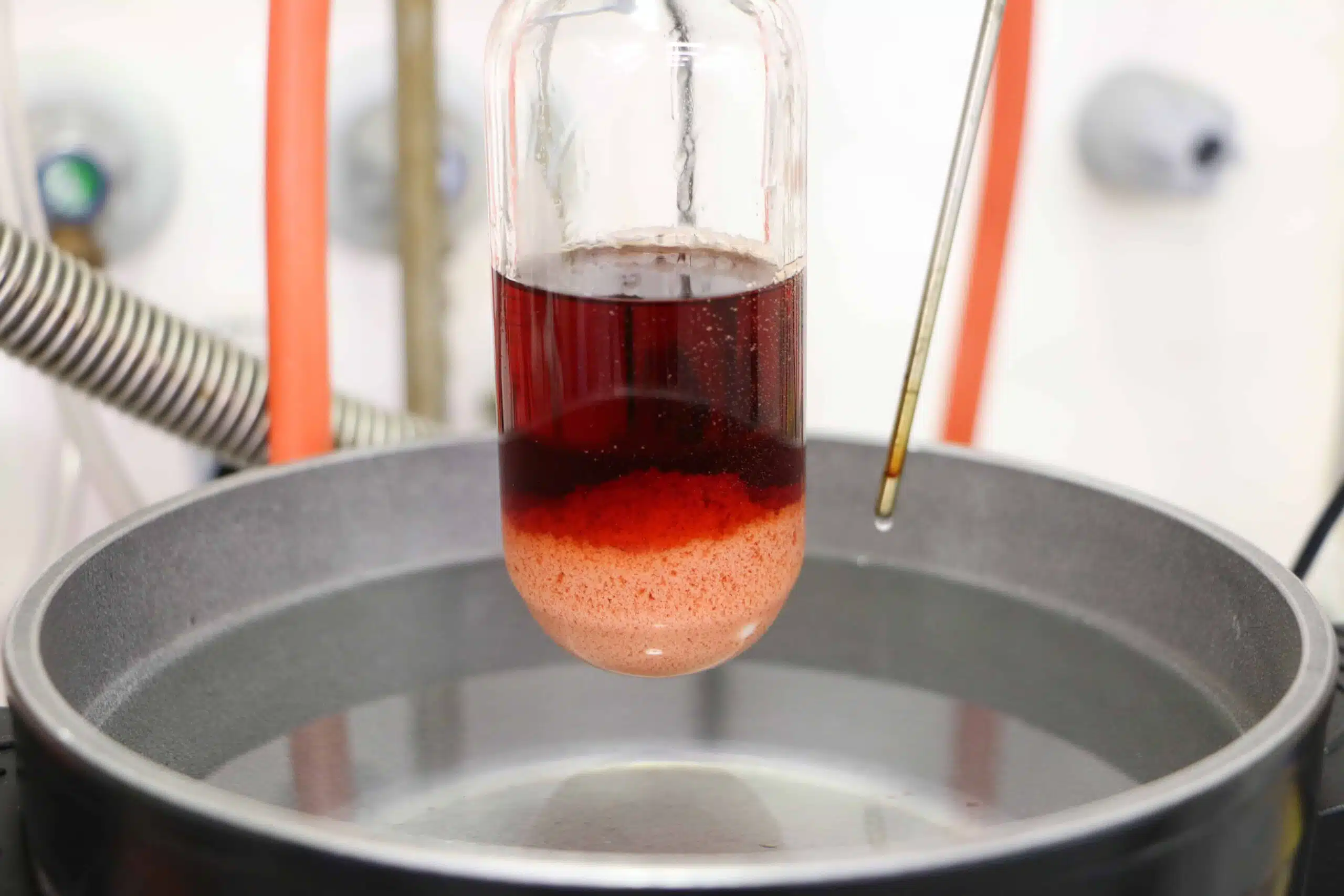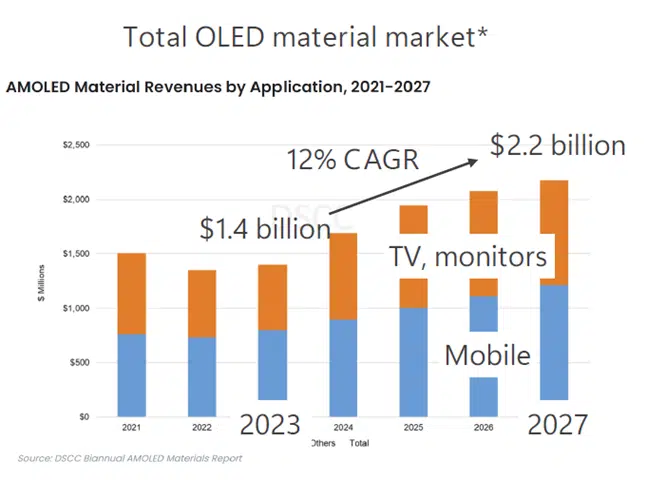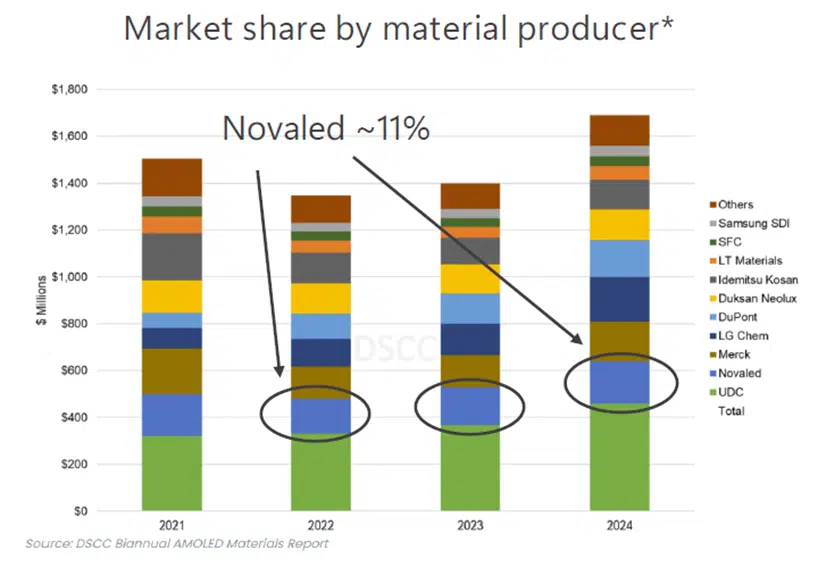P-Dopants
P-type dopants, commonly referred to as p-dopants, are essential chemical additives that play a crucial role in the realm of organic electronics, particularly in enhancing the functionality of OLED technologies. OLED, which stands for organic light-emitting diode, represents a revolutionary class of display technology that utilizes organic compounds to generate light and color. The benefits of OLEDs over traditional displays, such as LCDs and LEDs, are considerable; they offer sleeker, lighter, and more flexible designs, coupled with superior energy efficiency, making them a preferred choice for a range of applications.
Despite their advantages, OLEDs are not without their technical obstacles. High driving voltages, reduced power efficiency, and limited operational lifespans are challenges that stem from the inherent electrical characteristics of the organic materials used in OLED layers. These materials often exhibit poor electrical conductivity, necessitating higher voltages for operation and leading to energy losses through heat dissipation. This not only impacts the device’s energy consumption but also its durability, as the generated heat can gradually degrade the organic components.
P-dopants address these issues by enhancing the conductivity of the materials they are added to. Typically, p-dopants are materials with one fewer electron compared to the host material, such as silicon. When introduced into the host, p-dopants create ‘holes’—spaces in the atomic structure that electrons can move into, facilitating electrical flow. This process effectively turns p-dopants into acceptors, capturing electrons from neighboring atoms, and thereby improving the flow of electrical current, particularly within the hole transport layer (HTL) of OLEDs. Consequently, devices infused with p-dopants can operate at lower voltages and achieve higher energy efficiency, reducing heat output and extending the device’s lifespan.
Moreover, p-dopants play a role in the visual output of OLED displays. They have the capacity to alter the energy levels within the organic materials, which can significantly enhance the display’s color vibrancy and brightness. This aspect of p-dopants is pivotal when developing OLED designs with specific requirements, such as phosphorescent blue emitters or organic solar cells. By meticulously selecting the appropriate p-dopants, manufacturers can fine-tune the performance attributes of OLED devices, leading to advances in both the quality and the functional capabilities of these technologies.
A monopolystic market
P-dopants stand as a specialty chemical essential to the manufacturing of OLED technologies, playing a pivotal role in the rapid adoption of OLED displays across various applications. This market, currently targeted by CREDOXYS, has been historically dominated by a single entity—Novaled, the original inventor of p-dopant technology. Novaled’s monopoly stems from the groundbreaking innovation, it introduced during the nascent stages of OLED technology development. Since then, the market has not witnessed any significant innovation, leaving Novaled unchallenged until now.
CREDOXYS is poised to disrupt this monopolistic trend with its cutting-edge p-dopant products, which boast superior performance. The company’s strategic use of readily available and sustainable raw materials further strengthens its position in the market. CREDOXYS’ greatest asset, however, may be its foundational team and the ecosystem it has cultivated, which is conducive to innovation and growth. Central to this team is Dr. Dorok, a leading expert in the field of OLED technology. His prior experience as the Lab Leader for Chemical Development at Novaled equips him with invaluable insights and expertise, positioning him as a formidable challenger capable of overcoming the existing monopoly. With such a combination of product superiority, sustainable practices, and an expert-led team, CREDOXYS stands ready to make a significant impact on the p-dopant industry and potentially reshape the competitive landscape.
Market size
Since 2010, the OLED materials market has experienced substantial growth, primarily propelled by the widespread adoption of OLED technology in televisions, monitors, and mobile devices. This market encompasses a variety of materials required by manufacturers to create OLED panels. According to industry-leading analysis by Display Supply Chain Consultants (DSCC), the market value for OLED materials is projected to reach $2.2 billion by 2027, expanding at a compound annual growth rate (CAGR) of 12% from an estimated $1.4 billion in 2023.
Within this broader market, the p-dopant segment holds a unique position due to its near-monopolistic supply structure. Novaled, the primary supplier of p-dopants, effectively represents this niche, servicing all the leading OLED producers. Based on data from DSCC, Novaled’s sales of p-dopants for applications in TVs, monitors, and smartphones are expected to hit around $200 million in 2023. As it stands, the growth trajectory of p-dopants is anticipated to mirror the overall 12% CAGR forecasted for the entire OLED materials market, highlighting the segment’s parallel expansion with the broader industry trends.
Drivers and Limitations
The OLED (Organic Light Emitting Diode) market is experiencing a surge of dynamic and rapid growth, positioning its technology at the forefront across a diverse array of sectors. At the heart of this advancement are p-dopants, which play a crucial role in optimizing the electron transport properties of OLEDs, thus significantly enhancing device performance and efficiency. The adoption of OLED technology in consumer electronics, such as smartphones, TVs, laptops, tablets, and wearable devices, has been particularly pronounced, driven by the technology’s superior color quality, contrast ratio, viewing angle, and power efficiency. This adoption is further bolstered by the emergence of innovative applications for OLED technology, including foldable and rollable displays, which have introduced new form factors and functionalities, thereby broadening the consumer electronics market and paving the way for novel device designs.
Beyond display technology, OLEDs are carving out a significant niche in lighting solutions, celebrated for their energy efficiency, design versatility, and exceptional light quality. These attributes make OLED lighting a preferred choice for a variety of lighting applications, spanning residential and commercial spaces to architectural and automotive design, especially as global emphasis on sustainability intensifies.
The sector of Organic Photovoltaics (OPVs) also underscores the expanding frontiers of OLED technology, offering a sustainable and clean alternative for power generation using organic materials to convert sunlight into electricity. These flexible and lightweight solar panels are set to revolutionize the energy landscape, enabling their integration into a multitude of surfaces and structures, including building facades and wearable textiles.
Moreover, the OLED market is witnessing significant advancements in manufacturing processes aimed at reducing production costs and enhancing material performance, stability, and scalability. Such improvements are set to make OLED technology more competitive and accessible, further accelerating its adoption across various applications.
However, the industry faces challenges, including the high cost of OLED materials, limited material lifetime and stability, environmental and health concerns related to the disposal and recycling of OLED components, and regulatory barriers. Despite these hurdles, the potential for growth remains substantial, with companies involved in the production of p-dopants positioned to seize considerable opportunities by staying aligned with OLED technology trends and meeting the evolving needs of this vibrant and expanding market.






